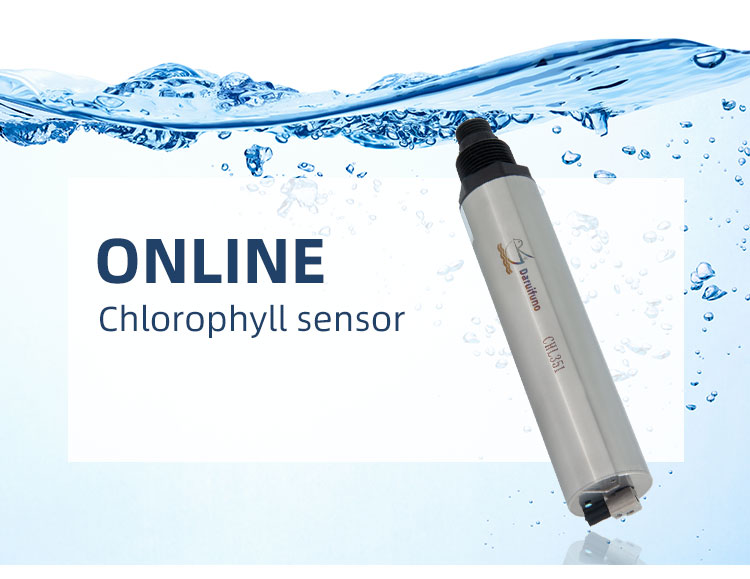Vitrified bricks were introduced to China in the late 1980s by Italy and Spain, which are considered the birthplace of this type of ceramic tile. Since 1993, China has been the world's largest producer of vitrified bricks, holding the top position globally. These tiles are known for their smooth surface, easy maintenance, resistance to wear and corrosion, high strength, and aesthetic appeal.
Ultra-fine powder bricks have gained popularity due to their excellent visual effect, broad application range, and high usage volume, earning them the title of "king of floor tiles." The trend of imitating natural stone textures has always been a key direction in the development of vitrified tiles. Over the past two decades, we can clearly see the evolution of the "stone-like" design in these tiles.
Before 1996, the ceramic market was dominated by wear-resistant and glazed tiles. However, the introduction of oozing technology in 1997 marked the beginning of the stone-like tile era. Permeable bricks, with their realistic stone-like patterns, quickly became popular among consumers. One of the most iconic products, "Golden Flower Beige," not only led the trend at the time but also became a representative of a leading ceramic brand. The name "Golden Flower Beige" was inspired by marble.
In 1999, granule technology was widely applied to vitrified bricks, enhancing the stone-like appearance. When combined with osmosis technology, the surface effects became even more realistic. Granular bricks made a significant impact in the history of vitrified tiles, helping several top brands gain recognition. However, the etched and granular designs still tended to be flat and lacked color variation, typically avoiding red and black tones.
The year 2000 marked a turning point in the history of vitrified tiles, as micro-powder technology emerged. This innovation brought a more refined anti-stain performance and a more realistic, layered imitation of natural stone. The significance of micro-powder bricks lies in their ability to move from a flat representation to a three-dimensional, lifelike stone texture.
Since their introduction, vitrified bricks have captured the market with their stone-like appearance. In 2005, the maturity of magician fabric technology ushered in the three-dimensional era of vitrified tiles. Xinghui Ceramics, founded in 2003, launched the "Xinghui Stone" product, becoming an industry sensation and a true "dark horse." According to Cao Ruiyuan, the marketing director of Xinghui Ceramics, the company has always focused on the stone-inspired design. This philosophy has driven the refinement of their core technology in stone imitation.
In 2006, the "Earth Red Rock" series achieved near-perfect stone simulation, each tile representing a unique precious stone. "Shishang PATY" was officially launched, and both Xinghui Stone and Dadi Hongyan received awards for outstanding new products in 2005 and 2006, respectively. Products like Earth Red Rock, Xinghui Stone, and Xinghui Jade are celebrated for their strong three-dimensional feel, fine texture, and realistic stone-like appearance, earning them the nickname "three-dimensional vitrified bricks." Their success attracted many well-known ceramic companies to follow suit, marking the arrival of the three-dimensional era in the industry.
Chlorophyll Sensor
Description
A chlorophyll sensor, also known as a chlorophyll probe, is a water quality analysis instrument that detects the chlorophyll concentration value in water. The chlorophyll concentration in water reflects the content of phytoplankton. Monitoring the chlorophyll content in water can determine the degree of eutrophication of the water body and provide early warning for water pollution, algal blooms, red tides, etc. The chlorophyll fluorescence sensor adopts the fluorescence measurement principle: the substance to be measured is irradiated with an excitation light of a certain wavelength to excite it to a high energy state. When it returns to the ground state from the high energy state, it will emit fluorescence greater than the excitation wavelength. The intensity of the excited fluorescence is related to the concentration of the substance to be measured. Daruifuno's digital chlorophyll sensor is an online electrode with an RS485 communication interface and a standard Modbus communication protocol. The chlorophyll a sensor based on fluorescence optical technology has strong anti-interference, high sensitivity, no pretreatment, and fast measurement speed. It can measure chlorophyll a in water quality. Chlorophyll a sensors are usually the best choice for plant and algae growth, water eutrophication, algae outbreak warning, and research on aquatic ecosystems.

As a supplier and manufacturer of Chlorophyll Sensors & Chlorophyll Probes, Daruifuno stands as a trusted partner in the field of water quality analysis. Committed to excellence and innovation, we provide-edge solutions that cater to the evolving needs of our customers. Our Chlorophyll Sensors & Chlorophyll Probes embody our dedication to precision and reliability, offering robust performance in diverse water quality monitoring scenarios. If you are in search of reliable and versatile water quality analysis instruments, Daruifuno's Chlorophyll Sensors & Chlorophyll Probes are your ultimate choice. Our products are designed to deliver precise and dependable results, empowering you to make informed decisions about your water quality management. Contact us today to learn more about our offerings and discover how we can support your efforts in achieving precise and reliable water quality monitoring.
Chlorophyll Sensor,Chlorophyll Probe,Water Chlorophyll Sensor,Chlorophyll A Sensors,Chlorophyll Fluorescence Sensors
Suzhou Delfino Environmental Technology Co., Ltd. , https://www.daruifuno.com
